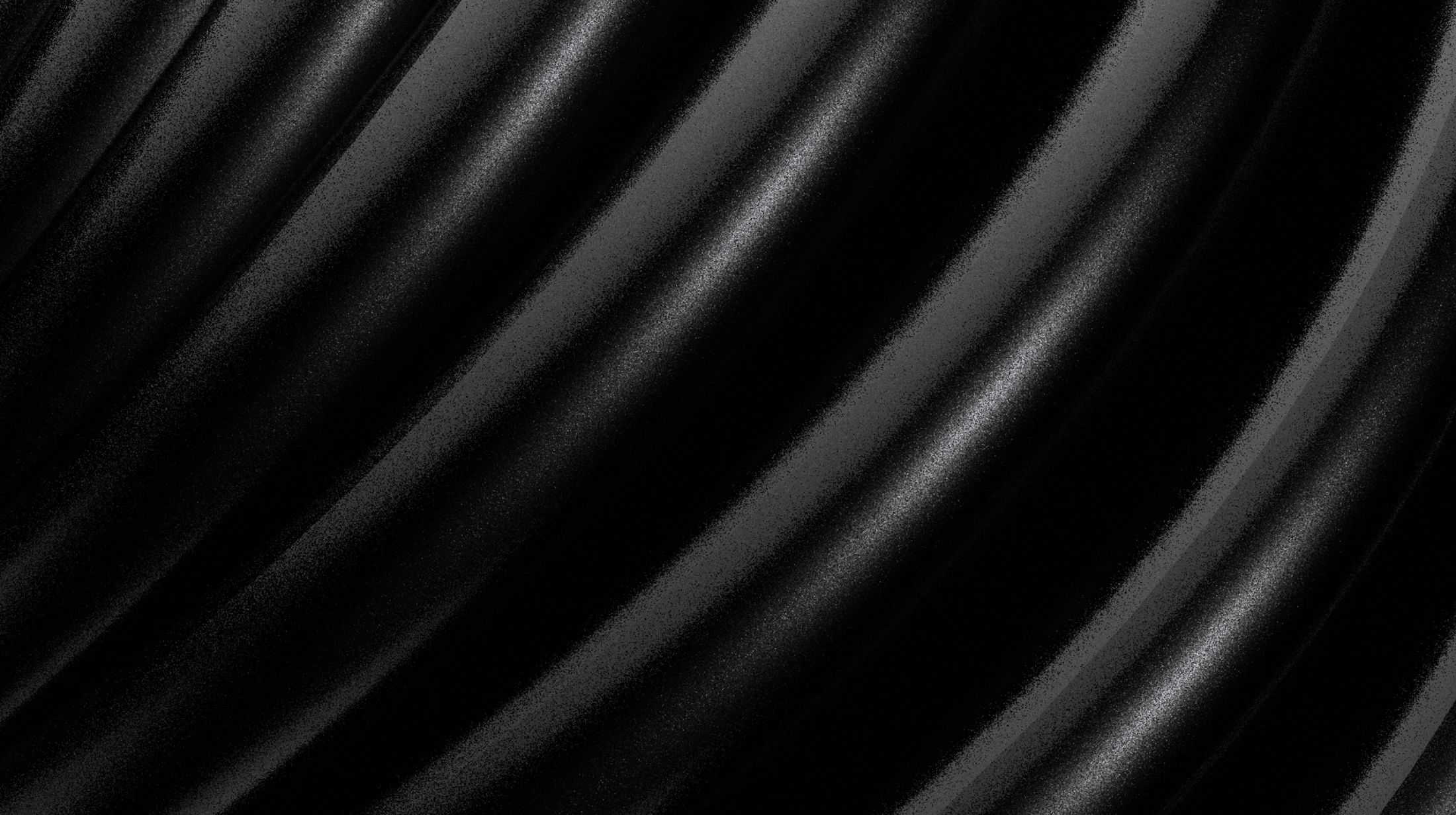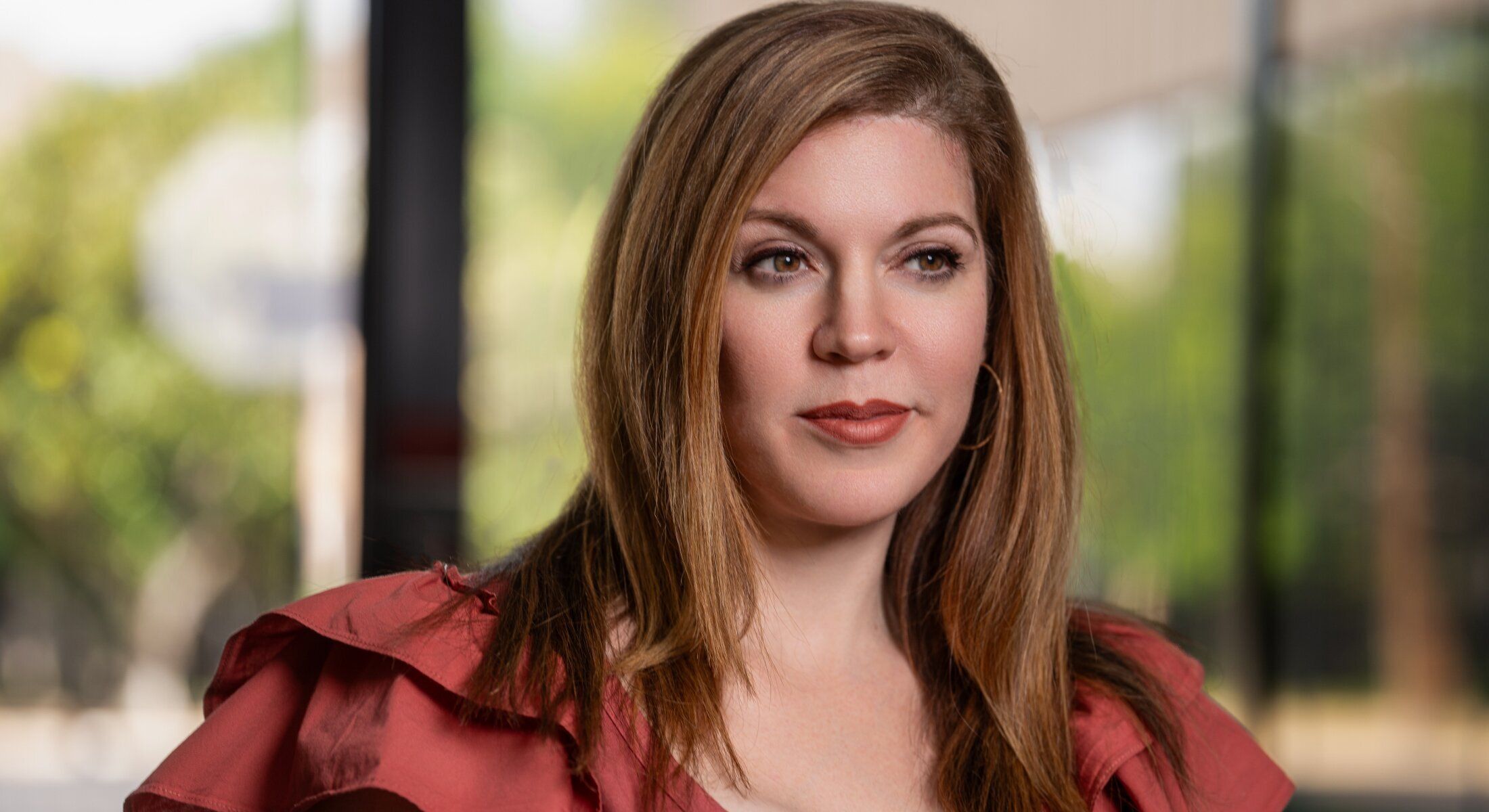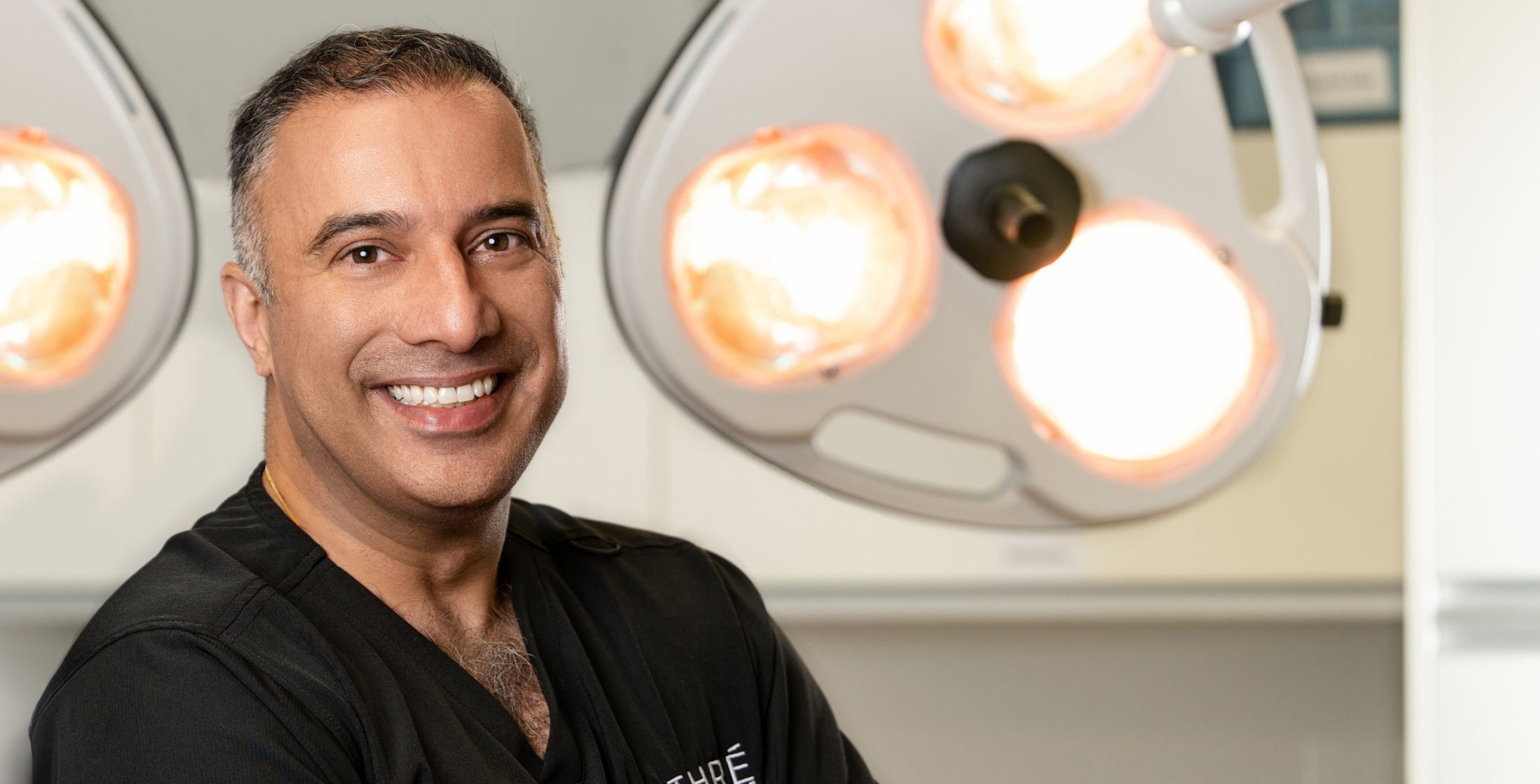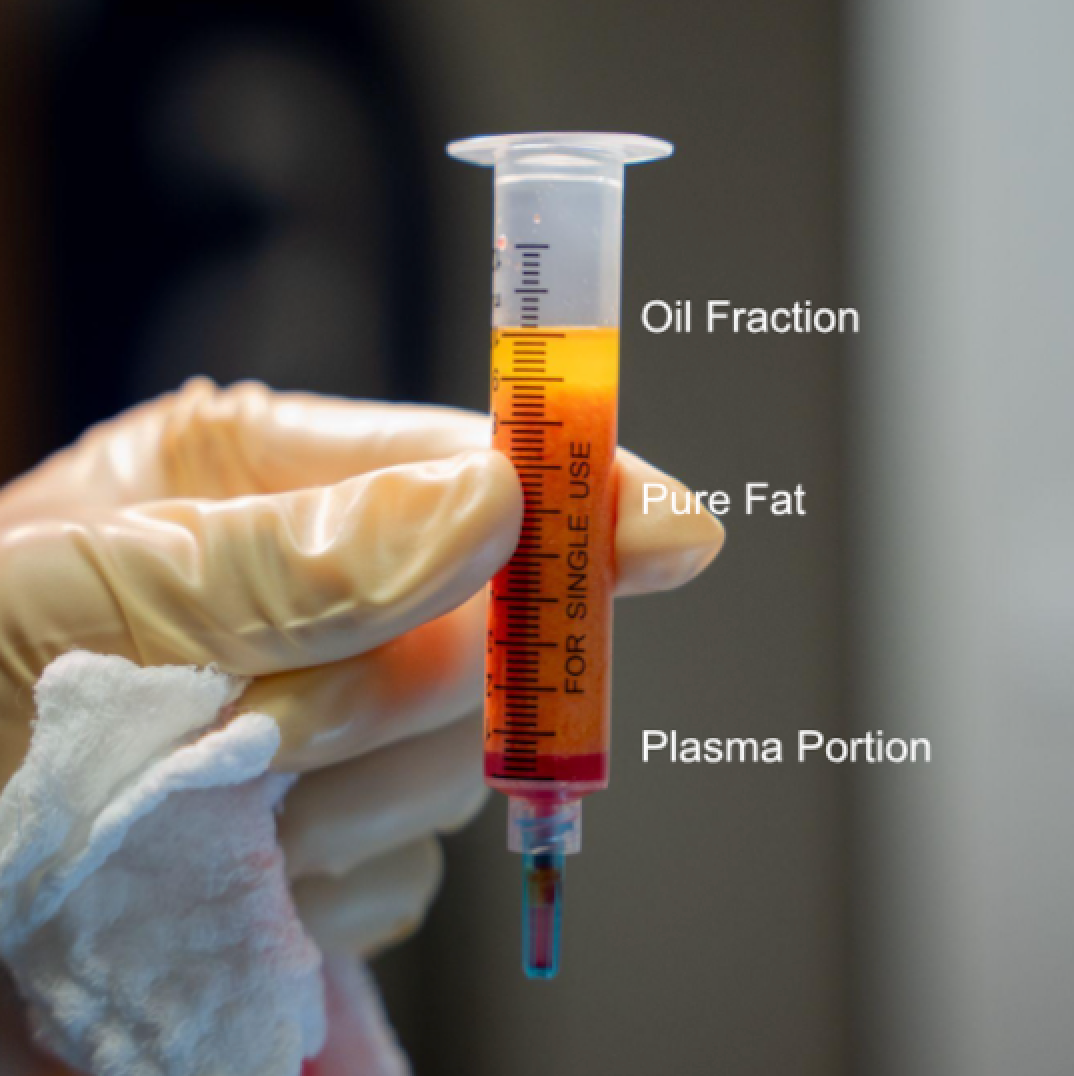



If you’re experiencing hollow, dull skin in the facial area, you might want to consider a facial fat transfer, where Houston facial plastic surgeon Dr. Raghu Athré can fill out features, add volume, and rejuvenate your face.

1 of 20
A facial fat transfer is a cosmetic surgical procedure that extracts fat from areas of the body such as the abdomen, flanks or thighs, and injects it into an area that needs plumping, rejuvenation, and volume. Since the fat used is the patient’s own, a significant portion of the fat becomes permanent and eliminates the need for constant re-injections with other materials.
Fat transfer uses the overall same idea. Fat is harvested from the abdomen, flanks, or thighs. Following harvest, the fat is processed and micronized. It is then injected into the face using small cannulas and needles, similar to injectable dermal fillers.
The goals of facial fat transfer:
Fat grafting by itself is not a new procedure. However, the technique that Dr. Athré uses is special.
Fat grafting is one of the oldest procedures and has been used to fill in voids primarily in traumatic wounds. The first major development in fat grafting came in the 1970’s with tumescent liposuction. Prior to that point, fat was cut out and simply shoved into a space to fill a void. Tumescent liposuction reduced the fat particle size so that fat injections became a reality. The original tumescent liposuction used a large cannula to harvest the fat, and the injected fat therefore had large globules. This created a lot of complications such as:
All of these complications made fat grafting a suboptimal solution to combat facial volume loss.

Dr. Athré uses the ALMI technique for facial fat transfer in Houston and is one of the few surgeons in Texas or the US to do so. ALMI stands for Autologous Lipocyte Micronized Injection. Furthermore, Dr. Athre has modified this technique to get even better results. This technique differs from traditional fat grafting because:
The micronized fractions, and the combo of micronized material and PRPl can be injected in much the same way as Restylane® or Juvederm® and other facial filler agents through tiny needles. This technique offers numerous advantages over traditional fat transfer to face including:
The Athre ALMI fat transfer protocol can be used for a few special uses. The first area that Microfat can be injected is into the back of the hands. The dorsal surface or the back of the hands is an area that shows aging with loss of volume and skeletonization of the tendons and veins. Initially, only calcium hydroxyapatite fillers (Radiesse) were used in this area. Fat is cheaper and more reliable as a filler to the back of the hands.
Another special use of the Athre ALMI technique is in the scalp for hair loss. The nanofat fraction with stem cells has been shown to increase hair growth and retard hair loss when injected and microneedled into the scalp.“…published data have shown encouraging preliminary results for the use of adipocytes and their stem cells as a treatment option for hair growth.” – The Role of Adipose Tissue in Hair Regeneration: A Potential Tool for Management?

Excess fat is preferentially aggregated in certain areas of the body. Some of the primary areas of fat deposition include the abdomen, flanks, outer thighs (saddle bags), and the inner thighs. The fat that is deposited in a diffuse layer underneath the skin. The first step in our Houston fat transfer procedure is to determine the donor area for the fat. This donor area is injected with a tumescent solution. The job of the tumescent solution is to provide anesthesia, and make blood vessels shrink up to prevent bleeding.
Following the tumescent phase, liposuction is performed via a small blunt tipped cannula. This is the first major difference between facial fat grafting, and fat transfer for other regions. Facial fat grafting has to be performed with small cannulas to make sure the droplet size of the suctioned fat is small. This prevents the formation of granulomas and hard deposits of scar tissue when the fat is transferred to the facial tissues.
The actual volume of fat aspirated or suctioned out is anywhere from 30-85 cc (6-17 teaspoons). The fat suctioned out contains fat globules, plasma (a combination of blood and proteins), and a fatty acid/oil component. The aspirated fat is centrifuged. The oil component and the plasma component are discarded. Injecting the plasma component can artificially increase the volume that is being injected, and this fraction will be absorbed by the body. The oil component is discarded because it tends to cause inflammation and granuloma formation.
The remaining fraction is the pure fat fraction which contains fat cells, supporting cells and fat derived stem cells. This fraction is micronized into smaller particle sizes. The first fraction is the 2.4 fraction (milli fat). This fraction is excellent for structural fat grafting. An example of this is the temples or the pre-jowl sulcus. The second fraction is smaller and finer – it is the 1.2 fraction (micro fat). This fraction is finer and can be injected more superficially. Dr. Athre likes to use the microfat fraction right under the thin skin of the lower eyelids in the tear trough, and in the vermilion border to outline lips. The final fraction is nanofat. This is the fraction that has the stem cells. It is also the finest fraction. It can be injected into the skin in smoker’s lines, or microneedled into the skin to enhance the quality of skin.
Facial fat transfer in Houston offers a unique approach to facial rejuvenation, using your own body's natural filler to restore lost volume and enhance features. Here's a closer look at the key benefits that make this procedure so appealing:
Unlike synthetic fillers, facial fat transfer utilizes your own living tissue. This translates to results that appear incredibly natural and seamlessly blend with your existing facial features. Additionally, transplanted fat cells have the potential to thrive in their new location, offering long-lasting improvements that can endure for years.
Our faces naturally lose volume as we age, leading to sunken cheeks, hollow temples, and thinner lips. Facial fat transfer can address these concerns by adding fullness to these areas. This creates a more youthful and balanced appearance, restoring a natural vibrancy to your face.
Facial fat transfer can subtly enhance specific features, such as defining cheekbones or plumping lips. This ability to customize the approach allows you to achieve your desired aesthetic goals. By regaining a fuller, more youthful appearance, you can experience a significant boost in self-confidence and feel your absolute best.
Facial fat transfer is a minimally invasive procedure compared to traditional surgical techniques. Fat harvesting typically involves liposuction, and placement utilizes small injections. This minimizes discomfort and allows for a faster recovery with minimal downtime, allowing you to return to your daily routine quicker.
Because you are using your tissue, facial fat transfer carries a very low risk of allergic reaction or rejection. This makes it a safe and effective option for those seeking a natural and long-lasting approach to facial rejuvenation.
Thinking about facial fat transfer to achieve a fuller, more youthful appearance? A consultation with Dr. Athré is the best way to determine candidacy. Here's a general guide:
Good Candidates for Facial Fat Transfer:
People Who Might Want to Consider Other Options:


Athre ALMI fat transfer can be performed as a standalone procedure for volume loss or can be done in conjunction with other procedures. Most commonly, fat transfer is performed with face lift surgery or brow lift surgery to combat volume loss while re-suspending or “lifting” the fallen tissues.
In these cases, the downtime is related to the primary procedure – the face lift or brow lift. In stand alone cases, the recovery time for fat transfer is approximately 3-5 days. Patients can expect mild soreness at the donor site and mild bruising in the areas where the fat was injected similar to a facial filler treatment. Patients should easily be able to return to work with makeup in 3-4 days after the procedure.
Following facial fat transfer Houston patients will experience immediate improvement in the volume and fullness of the treated areas. However, some swelling and bruising are common and will subside gradually over the following weeks. The final results of facial fat transfer can be appreciated within 3-6 months, once any residual swelling has entirely resolved and the transferred fat cells have fully established themselves in their new location.
One of the most significant benefits of facial fat transfer is the long-lasting nature of the results. Unlike injectable fillers that require periodic touch-ups, the transferred fat cells have the potential to thrive in their new location for many years. Studies suggest that successful fat transfer can provide results lasting 5-10 years or even longer, depending on factors such as your anatomy, lifestyle habits, and sun exposure.
Facial fat transfer offers a unique advantage in achieving natural-looking results. Because you use your own tissue, the transplanted fat cells seamlessly blend with your facial features, creating a subtle and balanced enhancement. This stands in contrast to some injectable fillers, which can sometimes appear obvious or unnatural.
While facial fat transfer offers long-lasting improvements, certain lifestyle factors can influence the longevity of your results. Maintaining a healthy weight, avoiding excessive sun exposure, and following a good skincare routine can all contribute to preserving your youthful appearance.
A facial fat transfer procedure's pricing can be found on our pricing page. This estimate is based on fat transfer as a standalone procedure. When combined with other procedures, the facial fat transfer is discounted because it takes less time since we are already in the operating room.
Patients usually recover within a week after fat transfer surgery.
Usually the results of a fat transfer last around five years. The transplanted fat actually is permanent (IF DONE VIA ATHRE ALMI technique). Once the fat cells have been injected and they find a blood supply, they are permanent. But, you will continue to age and lose volume. Most patients will desire additional volume due to ongoing aging at about 5-7 years after their original procedure.
You should see results from a fat transfer 1-3 months after the surgery. You will see results immediately after. However, there will be fluid shifts, swelling changes, etc. All of these tend to settle down to the final result at about 3 months after surgery.
Fat transfer is a more entailed procedure than a simple filler injection. For a very small area of volume correction, a hyaluronic acid filler may be a better choice economically, and for the patient. The real advantages of facial fat transfer occur when you are trying to rejuvenate the entire facial volume. At this point, the facial fat transfer procedure becomes cheaper based on the volume you are injecting and the long term permanence/longevity of the fat.
“Dr. Raghu Athre, MD is simply delightful! He and his wonderful staff make you feel like family! Their friendly dispositions make it easy to forget that you are in a consultation! I would recommend Dr. Raghu Athre, MD to all of my family and friends.”
